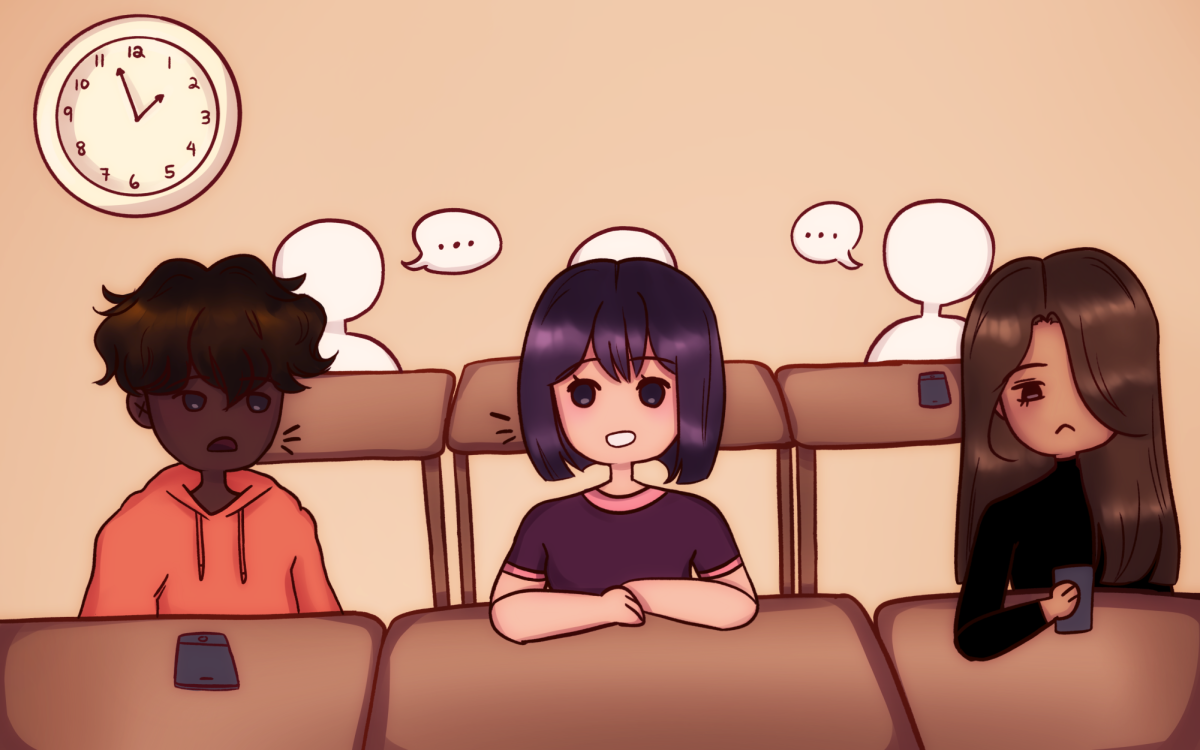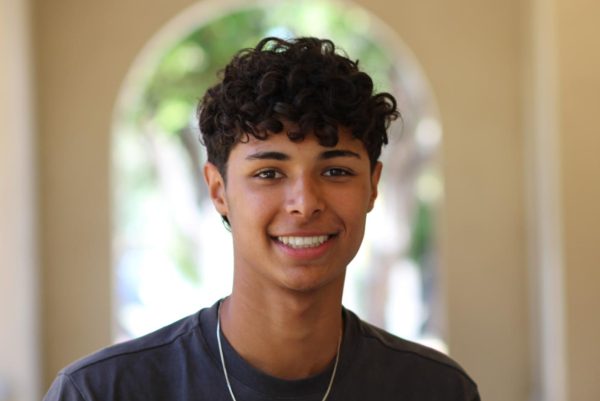In a move they say will minimize disruptions and maximize instructional time, administrators have asked teachers to either restrict class breaks to inside the classroom or to supervise them if students are allowed outside of class. Administrators have also asked teachers not to allow students to excuse students until the final bell of each class period.
Assistant Principal Jerry Berkson said administrators think if teachers enforce these two things it will help prevent students from skipping class and loitering during breaks. Berkson also said the directives are due to an excess of students wandering around unsupervised.
“I’d ask kids all the time, ‘Where are you supposed to be?’ (and students would respond), ‘I’m on my break,’” Berkson said. “These kids were on break all the time. So if we can single out this kid and know that they’re more of a chronic breaker, then we’re going to be able to help that kid be in class more.”
Berkson said administrators hope the policy will reduce distractions to other classes.
“When you have students all over campus, in front of other classrooms, disrupting other classrooms makes it difficult for teachers to teach,” Berkson said.
History teacher Stephen Foug said he has noticed a a positive difference in classroom instruction since administrators have implemented the change.
“Wandering off is an added stress when you can’t account for it, and it helps with noise which you can hear up and down the halls,” Foug said. “The noise has been a little better. And students are not wandering off too far .”
Freshman Alon Shoval said he still hears occasional disruptions.
“I’ve still heard all sorts of noise from outside,” Shoval said. “The policy hasn’t really had an impact.”
Aware of the student complaints, Berkson said the change is overly criticized by some students given the unappreciated privilege of having breaks.
“This has been the norm for a while – to give breaks – but in a lot of schools, they don’t have breaks at all,” Berkson said.
Berkson said the policy also helps optimize teaching by saving time lost in drawn-out breaks.
“That five-minute break becomes a five-and-a-half-minute break, a six-minute break or a seven-minute break,” Berkson said. “So if you keep your class in one area, it’s a lot easier to reset and get class going.”
Senior Tate Hardy, though, said putting restraints on breaks can have a harmful effect on students’ work capacity in longer or more arduous classes.
“In 90-minute periods, (students) should be able to go outside and take a walk to get their brain moving again,” Hardy said. “It makes people less motivated when they’re stuck in class the whole time (Especially) in classes with more workload, teachers make you stay in class, which makes it even harder.”
Shoval also said the new protocol prevents him from being able to take proper breaks from class.
“My mind sometimes needs a break, and it’s harder to do that while staying inside,” Shoval said.
Given his energetic teaching style, Foug said that the importance of breaks extends to teachers as well.
“I can tell by the look on their faces,” Foug said. “They need one. And I need one too sometimes. I sometimes use it to check homework or give my mind a break.”
Foug also said that he tried the inside break, but plans to revert to allowing students to go outside.
“The first time I had everyone stay inside, it just felt weird and awkward, and I like to get fresh air in the middle (of class) myself,” Foug said. “So supervising outdoors is the way I’m going to do it.”





Lynda • Dec 8, 2023 at 3:02 pm
Yes – brain breaks and physical activity are very important for learning and the brain. There is evidence that it helps improve memory and recall.
Book for reference:
Learning How to Learn: How to Succeed in School Without Spending All Your Time Studying; A Guide for Kids and Teens by Dr. Barbara Oakley et al.
There should be a clarity on how the break should be done by students – away from rooms/hallways and in certain areas of campus. Walking and softly talking to avoid disruption. With the block periods, every class could have a certain window of time for the break (within 20 min) to reduce disruption for other classes.
When I was a student at Paly – we had 7 classes a day with 5 min breaks in between – it was very hard to constantly switch our learning brain. Stressful! The longer block periods allow for deeper thinking and reflection which improves learning but our brain can’t be constantly “on”.